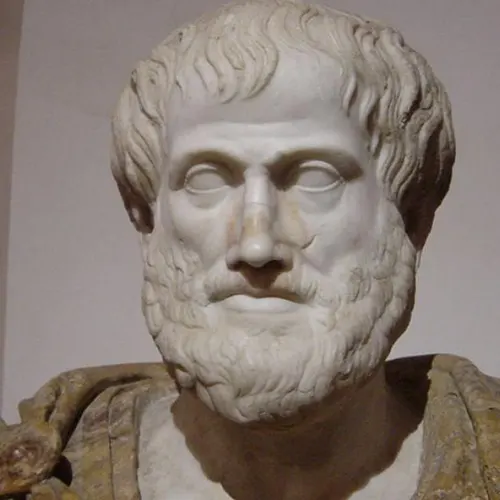The Aristotelian paradigm was based on the conception of the world as a hierarchy of beings. Aristotle, an ancient Greek philosopher, developed a complex system of classification for all living beings, which distinguished between plants, animals, and humans. These beings were further divided into different groups according to certain criteria, such as motility, ability to reproduce, and ability to move. Aristotle also argued that each being has its own “natural” state and that each being strives to achieve its natural state.
Within the Aristotelian paradigm, humans were divided into three main categories: free people, slaves, and foreigners. Free people were those who had full rights and responsibilities, such as the right to own property and the right to participate in political life. Slaves were people who were slaves of other people and had limited rights and no political rights. Foreigners were people who were not citizens of the Greek state and also did not have full rights and responsibilities.

Aristotle also distinguished between craftsmen, farmers, and warriors. Craftsmen were people who engaged in manual labor, farmers were people who engaged in agriculture, and warriors were people who engaged in martial arts or served in the military. However, these categories were more social than biological and were not fixed, so someone could move from one category to another.
Aristotle’s theory was very influential for many centuries, both in the religious and scientific worlds. It was considered one of the most important theories of natural science and was used as the basis for many other theories in different fields. However, this paradigm was eventually replaced by new knowledge and theories, such as Charles Darwin’s evolution and the theory of natural selection.








